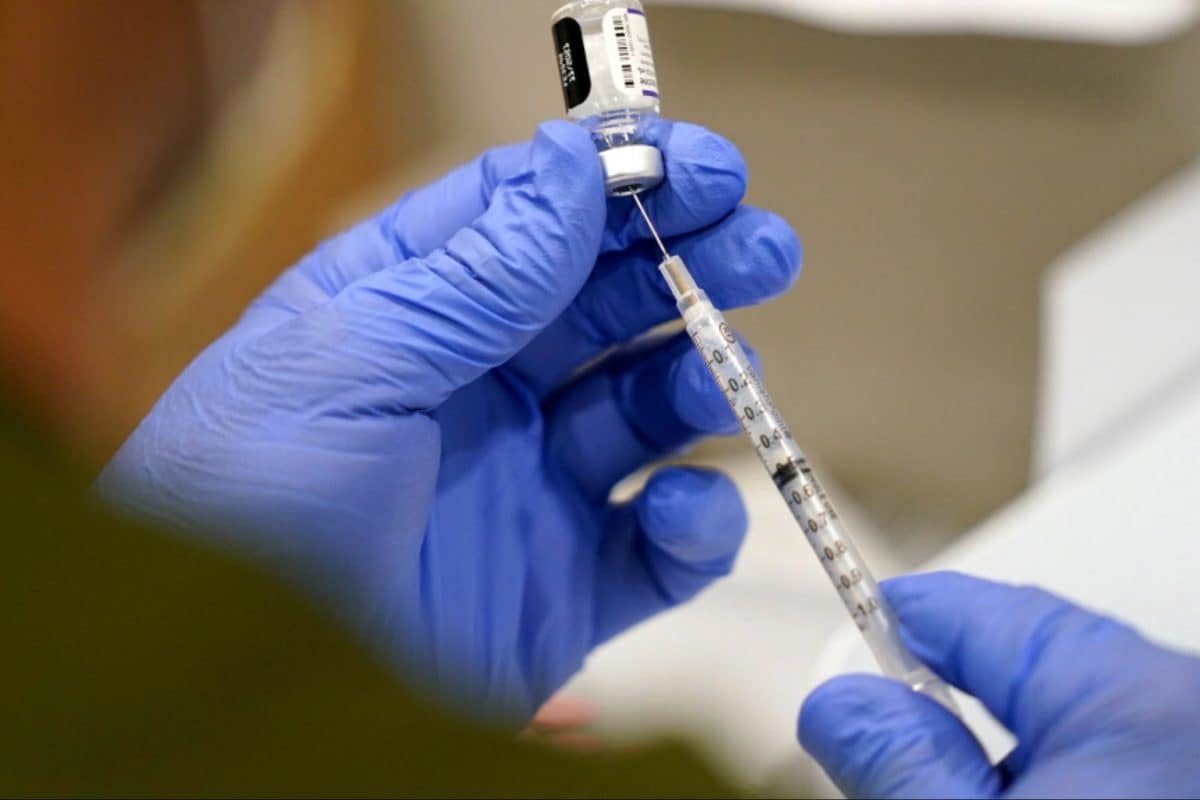

India is currently experiencing a mild surge in COVID-19 cases, prompting increased vigilance and precautionary measures across several states, particularly in Uttarakhand. This uptick mirrors a similar trend observed in other parts of Asia, including Singapore and Hong Kong. While the overall number of cases remains relatively low compared to previous waves, health authorities are closely monitoring the situation due to the emergence of new Omicron subvariants and a gradual decline in immunity within the population.
As of May 19, 2025, India reported 257 active COVID-19 cases. The rise is primarily attributed to the JN.1 variant and its descendants, such as NB.1.8, OF.7 and LF.7 all of which are sub-lineages of Omicron. These subvariants are characterized by increased transmissibility, although most cases have been reported as mild, not requiring hospitalization. The World Health Organization (WHO) has classified JN.1 as a "variant of interest" and NB.1.8.1 as a variant under monitoring, emphasizing the need for continued surveillance.
Several states are experiencing a rise in infections, with Kerala reporting the highest number of active cases (95 as of May 19), followed by Maharashtra (56) and Tamil Nadu (66). Other states, including Karnataka, Gujarat, Delhi, Haryana, Rajasthan, and Sikkim, have reported single-digit infections. Mumbai has also seen a notable increase in cases, with 95 new infections in May alone, leading to some hospitalizations.
In response to these developments, Uttarakhand's health department has been placed on high alert after two individuals who recently traveled from Gujarat and Karnataka tested positive for COVID-19. This marks the first detection of COVID-19 cases in the state in over three years. The Director General of Health for Uttarakhand, Dr. Sunita Tamta, stated that while there are no active local cases, heightened preventive measures are being implemented.
Key actions being taken in Uttarakhand include:
Across India, health officials are emphasizing the importance of COVID-appropriate behavior, especially for vulnerable populations such as the elderly, pregnant women, and those with comorbidities. Recommendations include:
Symptoms associated with the new variants are generally mild and similar to those of other Omicron subvariants. They include fever, cough, sore throat, runny or blocked nose, fatigue, headache, and body aches. Some individuals may also experience gastrointestinal issues such as nausea and diarrhea. Notably, loss of taste and smell, which was common in earlier variants like Delta, is not being widely reported with the current subvariants.
Experts advise that while the rise in cases warrants attention, there is no cause for alarm. The current situation is under control, with most cases being mild and manageable at home. Robust surveillance and response systems are in place, and health authorities are prepared to take necessary measures to prevent a major resurgence. However, continued vigilance and adherence to preventive measures are crucial to minimize the spread of the virus and protect vulnerable populations.